NASA Goes Deep With Orion
The once-cancelled spacecraft gains new life with a new mission.
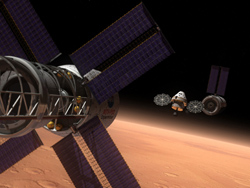 |
| NASA has selected a variant of the Orion spacecraft to serve as its deep-space exploration crew vehicle. This artist’s concept shows the cone-shaped Orion between two other modules orbiting Mars. |
Orion originally was designed to serve as a multirole spacecraft servicing the International Space Station (ISS) and taking humans to the moon and beyond. However, the Obama administration cancelled the program when it opted to create a commercial human launch services industry to ferry people into low earth orbit, particularly to the space station. NASA recently awarded several contracts for development of key commercial spacecraft technologies (bit.ly/jbl8L8), but these spaceships would reach only low earth orbit.
The new MPCV would be an adaptation of Orion designed largely for deep space, although the spacecraft could serve as a backup system for ISS cargo and crew delivery. It would carry up to four crew members on voyages as long as three weeks, and it would return to Earth via splashdown off the coast of California. For long-endurance, deep-space missions, the MPCV would dock with other modules or spacecraft to extend its mission duration to several months. The MPCV would be launched atop a new heavy-lift launch vehicle that NASA is planning to develop.
One of the Obama administration’s reasons for turning low-earth-orbit access over to commercial spacecraft was to allow NASA to focus its resources and expertise on deep-space exploration instead of near-space exploitation. NASA officials emphasize that the choice of an Orion variant does not indicate a turn back from that commercialization goal.
Instead, the selection of Orion to form the basis of the new MPCV represents a desire to tap the technology advances and plans already developed for the original Orion vehicle, thus eliminating new development costs. A total of $5 billion already has been spent on Orion development, and NASA is drawing from that technology investment to build the MPCV.
Lockheed Martin, the original builder of Orion, will continue its work to develop the MPCV. The goal, according to the NASA Space Authorization Act in 2010, was to achieve full operational capability in 2016. Achieving that goal may depend on aggressive funding or accelerated development, officials say.
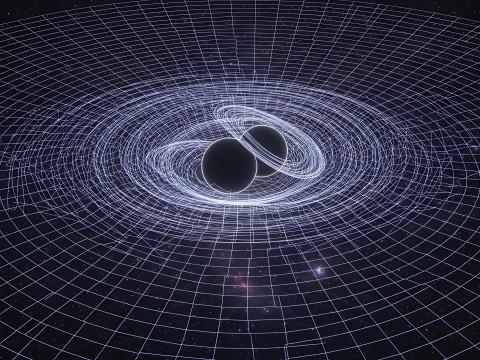
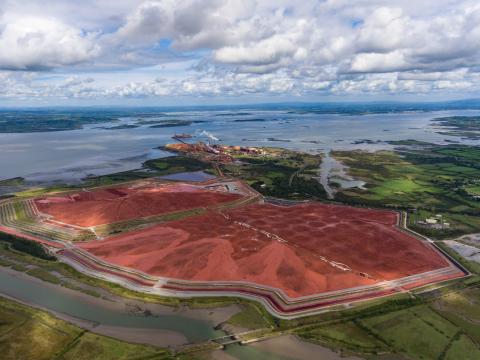
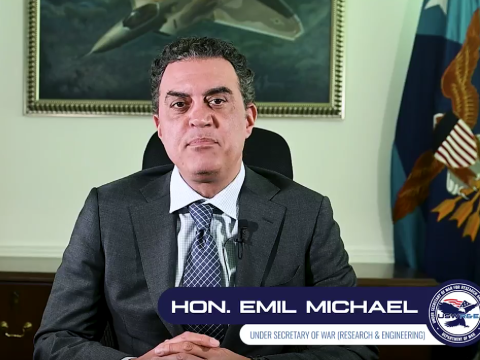
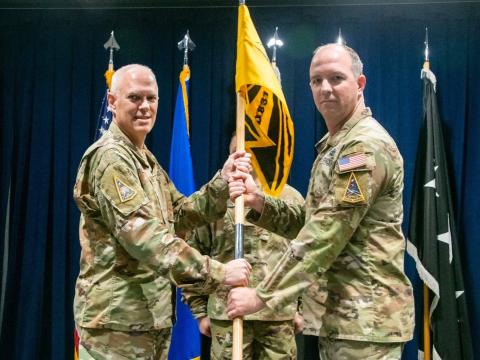
Comments